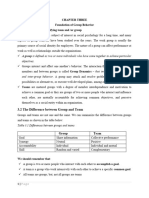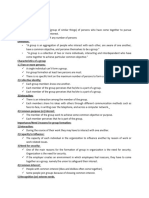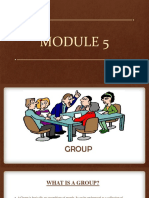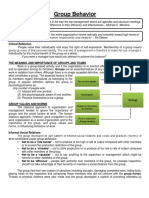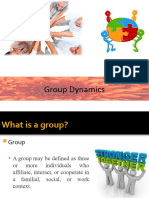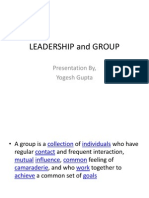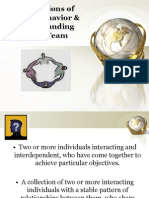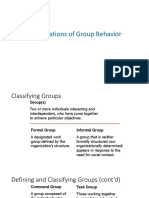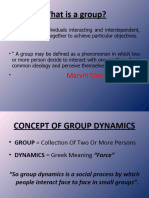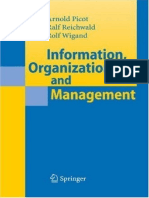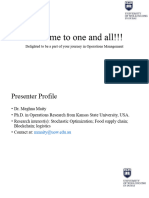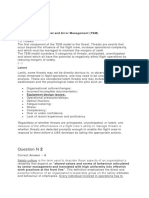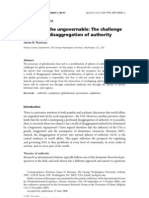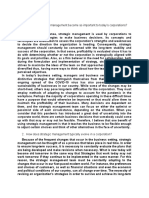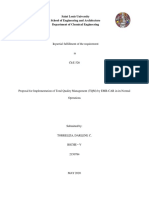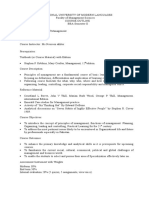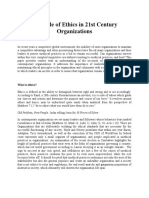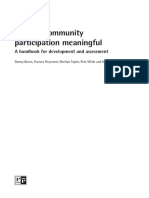0% found this document useful (0 votes)
26 views39 pagesChapter 3
Chapter 3 of the document discusses the foundations of group and team behavior in organizations, defining groups, their features, classifications, and reasons for joining. It outlines the stages of group development, factors affecting group performance, and strategies for increasing productivity. Additionally, it compares formal and informal groups, highlights characteristics of effective teams, and emphasizes the importance of communication and shared goals.
Uploaded by
Tadael BrookCopyright
© © All Rights Reserved
We take content rights seriously. If you suspect this is your content, claim it here.
Available Formats
Download as PDF, TXT or read online on Scribd
0% found this document useful (0 votes)
26 views39 pagesChapter 3
Chapter 3 of the document discusses the foundations of group and team behavior in organizations, defining groups, their features, classifications, and reasons for joining. It outlines the stages of group development, factors affecting group performance, and strategies for increasing productivity. Additionally, it compares formal and informal groups, highlights characteristics of effective teams, and emphasizes the importance of communication and shared goals.
Uploaded by
Tadael BrookCopyright
© © All Rights Reserved
We take content rights seriously. If you suspect this is your content, claim it here.
Available Formats
Download as PDF, TXT or read online on Scribd
/ 39

